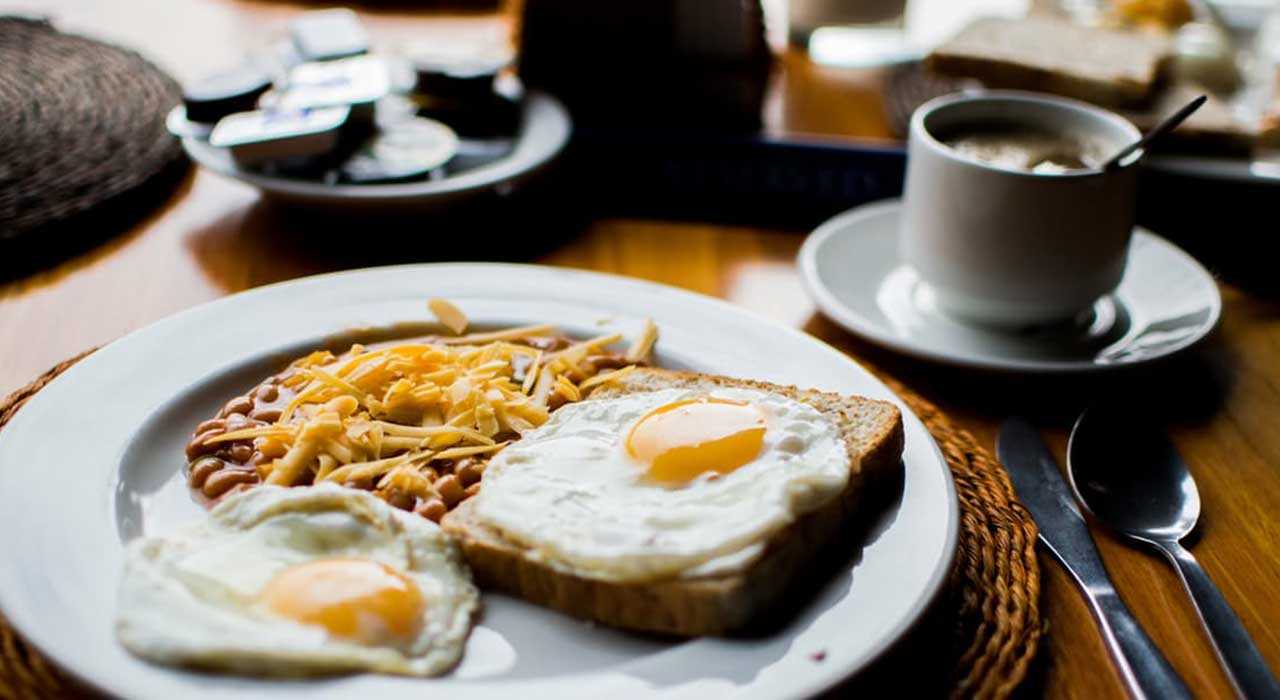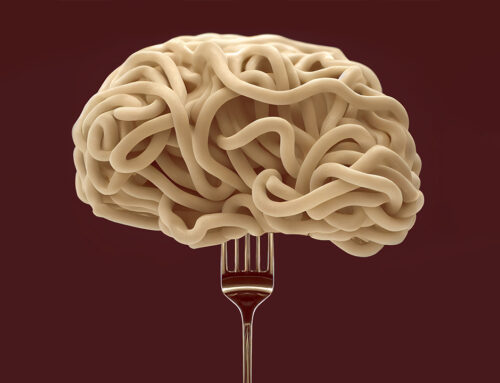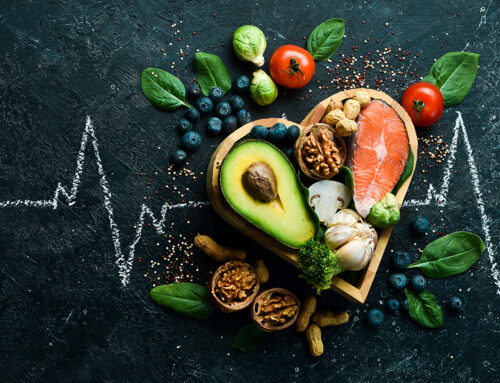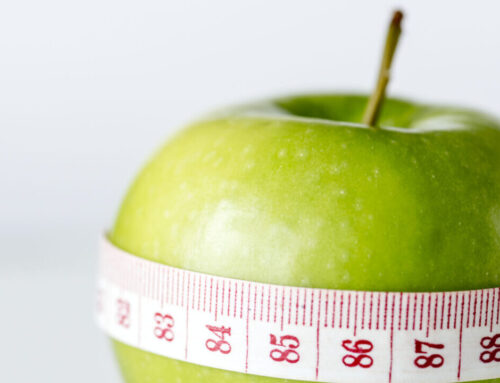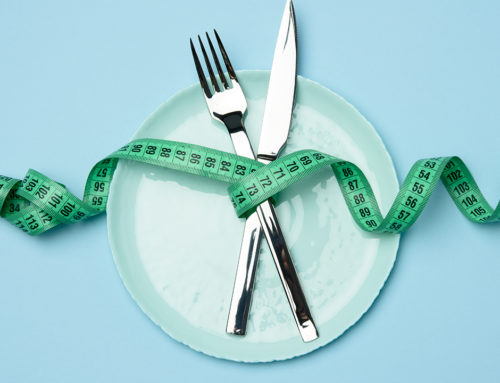If you’re looking to gain muscle or lose fat, breakfast is the meal you should be targeting to make that happen. Here’s how to perfect your morning macros.
Perhaps more than any other meal, breakfast is at the mercy of our daily routine — or lack thereof. Even those of us (which is probably all of us) who have heard that it’s ‘the most important meal of the day’ can sometimes be found skipping it while we we’re rushing to get out the door.
Or we’ll dip donuts into coffee and assume it’s better than nothing. Or we’ll pack in large servings of whole-grains in the hope they’ll give us ‘long-lasting energy throughout the day.’
Breakfast can strategically assist your goals
Well, I’m here to tell you that the aura surrounding breakfast is well deserved, and that skipping it is bad news. Studies have found that people who don’t eat breakfast tend to overeat during the rest of the day and have more body fat overall.
In addition, research has shown that what you eat at breakfast determines how well your metabolism functions for the remainder of the day – for better and worse. As you might expect, then, breakfast can also be geared strategically to your goals. Since your goals include losing fat, building muscle and achieving a healthy body composition, let’s dig into the perfect macros for the morning.
Protein: Get enough!
As you might expect, anabolism (protein synthesis) is at its lowest and catabolism (muscle breakdown) is greatest after an overnight fast. This is significant, because Americans typically consume most of their protein at lunch and dinner, with only insignificant amounts at breakfast.
Research has found a threshold amount of protein, 30–40g, that must be consumed to trigger muscle protein synthesis. This amount is far above what you’ll get from a typical Western breakfast of a bagel, cream cheese and orange juice. Eat like that and you set yourself up to remain in a catabolic state.
Aside from the anabolic benefits of protein, research has shown that consuming higher-protein breakfasts makes individuals feel fuller throughout the day, all while burning more fat than with lower amounts of protein. Accordingly, I recommend 30–40g of high-quality protein at the first meal of the day.
Carbohydrates: Speed kills
The quality of the carbs you eat at breakfast seems to matter as much, or perhaps more than the quantity, within reason. Your choices? Fast-digesting carbs in the form of sugars, starches and fl ours, or slow-digesting fibrous carbs like oatmeal.
In a study conducted by a Dr EJ Stevenson subjects who ate a slow-digesting breakfast three hours before performing exercise appeared to burn fat two to three times faster than those who were given a fast-digesting morning meal.
In addition, high-fiber, low-glycemic breakfasts can contribute to satiety over the course of the day. Fast-digesting carbs, as their name implies, tend to leave you hankering for more of the same junk food far too soon.
Don’t forget the fat
Do you think cutting back on trashy carbs in the morning means you skimp on fat too? Well, let me tell you now, it doesn’t.
Researchers from the University of Alabama in Birmingham performed a series of experiments where subjects were fed either a high-fat breakfast (45/35/20% fat, carbs and protein), or a high-carb, low-fat breakfast (10/70/20). The high-fat breakfast was followed by eight hours of high-carb eating (10/70/20) while the high-carb breakfast was followed by eight hours of high-fat eating (45/35/20). This continued for 12 weeks.
Astoundingly, even though the total macros were similar between groups, subjects who ate a high-fat breakfast burned more fat throughout the day, and they were leaner than the high-carb breakfast eaters!
The takeaway is that breakfast programs your metabolism for the rest of the day. A high-carb breakfast will cause you to rely primarily on carbohydrates for energy the rest of the day, whereas a higher-fat, lower-carbohydrate breakfast will program your metabolism to run on fat.
Find nutrition tips and meal ideas to help you maintain your gains and more in every issue of TRAIN magazine.


